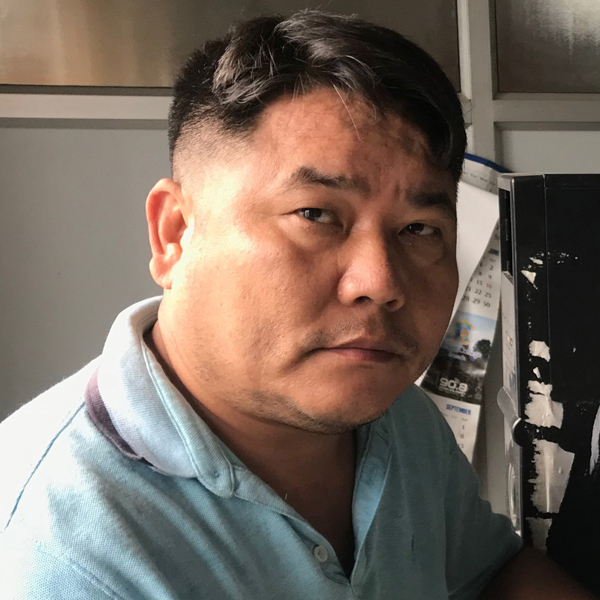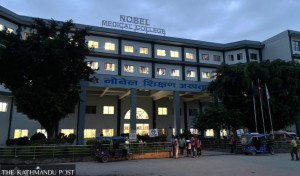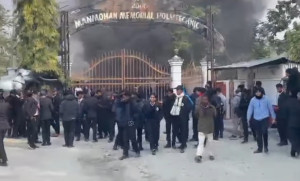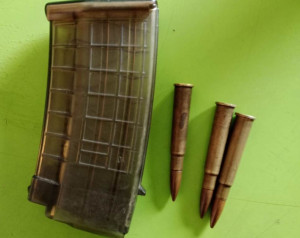Koshi Province
Water from Kokaha stream arrives in thirsty Dharan
The project will cater to the needs of about 30,000 people, says Mayor Harka Sampang Rai.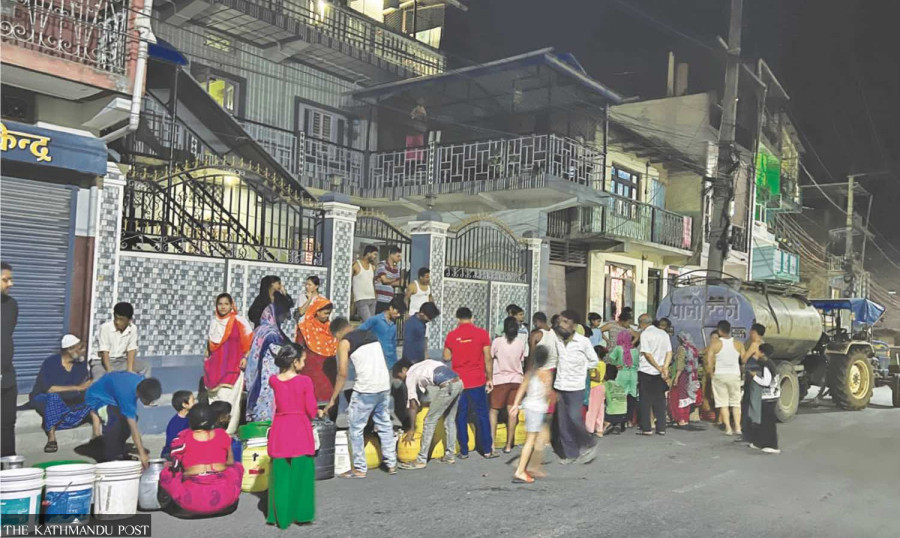
Pradeep Menyangbo
The Dharan Drinking Water Campaign led by Harka Sampang Rai, the mayor of Dharan Sub-Metropolitan City in Sunsari district, has brought water from the Kokaha stream to the sub-metropolis.
Water from the stream that empties into the Koshi River in Barahakshetra will be supplied to some wards of the sub-metropolis through a 40 km-long pipeline.
An intake has been constructed in the stream at Bishnupaduka area which lies at ward 20 of the sub-metropolis. Water from the stream arrived in Dharan on Monday midnight through a five-inch plastic pipeline.
“The arduous efforts of the local people and wellwishers have paid off. We are finally successful in bringing water from the Kokaha stream. The pipeline is in the testing phase. The project will supply water that will be enough for about 30,000 people in Dharan,” said Rai, who was busy in the field for the past three days to complete the drinking water supply project.
According to Rai, the water supplied from the Kokaha stream will be distributed through the water supply system of the Dharan drinking water management board. The plan is to store water in two tanks at Sumnima Chowk and Swastika Chowk and distribute it to the locals of ward 16, 17 and 18, according to Rai.
Dharan is reeling under an acute shortage of drinking water for the past few years. Although the supply from the Kokaha stream has come as a huge relief for the locals, some people are questioning the sustainability of the project. The plastic pipes have been laid on the ground temporarily which exposes the supply line to the oncoming monsoon rains. The water pipes are hanging over cliffs and hills on their way from the stream towards the sub-metropolis.
Rai claims that engineers and other technicians have carried out field surveys and installed the pipes, but an authorised body is yet to endorse the project. Neither the Dharan Sub-Metropolitan City nor any other government authorities have taken ownership of the Kokaha stream project.
“I wholeheartedly praise Harka Rai’s drinking water campaign. But he should prioritise repairing and regulating existing deep tube wells to supply water in the dry season. He should not waste time and energy on small and short-term projects and rather focus on long-term water supply projects,” said Manoj Kumar Menyangbo, the former mayor of Dharan.
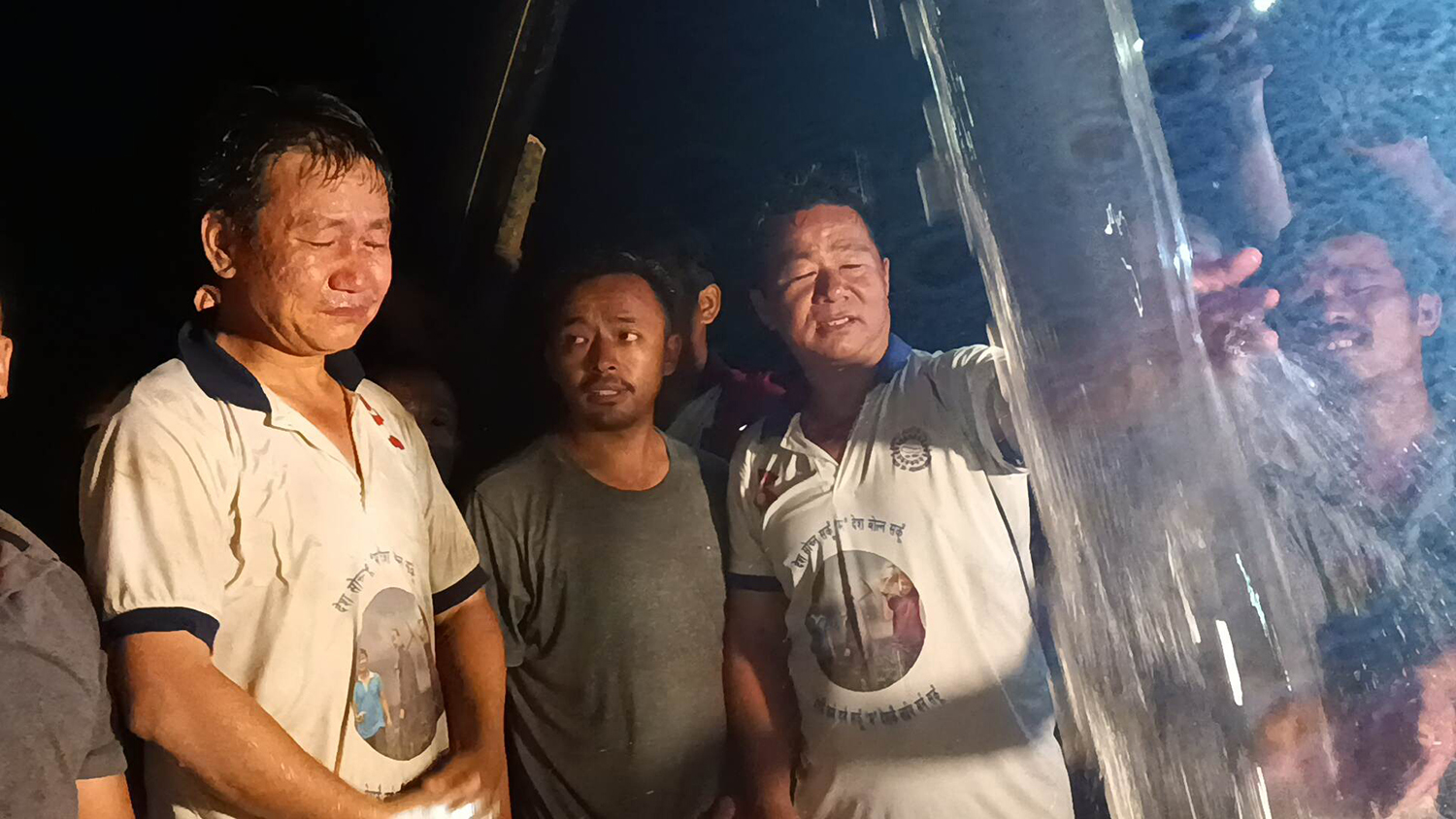
The Dharan Drinking Water Campaign led by Mayor Rai collected around Rs40 million from thousands of individuals and organisations within and outside the country for the drinking water project. The campaign used the donation money to construct the drinking water project, according to Rai.
Dharan Sub-Metropolis has been questioned for not properly utilising five tube wells constructed in the Charkoshe forest area to lift the underground water. “We recently inspected the deep tube wells that have the capacity of supplying around eight million litres daily. The municipality left them unused stating that underground water dried up. Our study shows that Dharan is facing an acute water problem because successive governments have ignored those tube wells,” said Mahesh Shrestha, chief of Newar Ekata Samaj in Dharan.
The water scarcity, coupled with scorching heat and heat waves, has made Dharan locals miserable. They are compelled to buy water from private water tankers. According to Jayanya Gautam, a private water supplier, big water tanks charge 60 paisa [1 rupee is 100 paisa] per litre while small tankers charge up to Re1 per litre.
Citing acute water shortage, the Dharan-based BP Koirala Institute of Health Sciences closed all classes for a week starting June 6. The institute said it did not have enough water to supply to the hospital and its college buildings.
Rai won the mayoral seat in Dharan as an independent candidate in the local level election held in May last year. Rai had promised to solve the drinking water crisis in Dharan and had prioritised proper maintenance of the existing drinking water supply lines and bringing new water projects to solve both organic and artificial water problems in the sub-metropolis.




 8.12°C Kathmandu
8.12°C Kathmandu